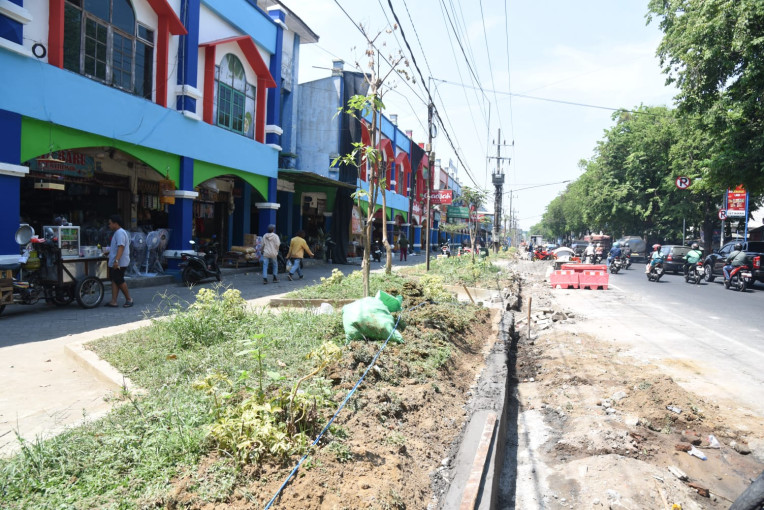
Dr. Dewanti, Secretary of the UGM Center for Transportation and Logistics Studies (Pustral UGM), emphasized the crucial role of infrastructure in enhancing regional connectivity. In addition to contributing to economic growth, infrastructure facilitates job creation and boosts regional economic competitiveness.
However, she also cautioned that infrastructure development can have negative impacts, including environmental damage, social disruption, and economic inequality. An overreliance on specific infrastructures, such as the electrical grid, can also pose risks if disruptions occur.
“Therefore, this webinar is expected to serve as a platform for stakeholders to discuss how to resolve contradictions in infrastructure development, leading to more mature planning, sustainable management, and a balance between the benefits and impacts of infrastructure development in fostering spatial interactions within a region,” she stated at Pustral UGM on Monday (Jun. 24) while opening the webinar titled “Exploring the Benefits and Impacts of Infrastructure Development on Regional Spatial Planning.”
The webinar, organized by Pustral UGM, featured speakers including Professor Bakti Setiawan, a Pustral UGM expert team member and lecturer in the UGM Master’s Program in Urban and Regional Planning, and Kayyisa Fitri, a Pustral UGM researcher who served as the moderator.
As a speaker, Professor Setiawan highlighted several notes regarding infrastructure development, including the need to revisit regional development concepts. He pointed out that concepts such as “growth centers” and “trickle-down effects” or ‘core’ and ‘periphery’ are no longer fully relevant and have proven less successful, as evidenced by the high regional disparities.
He also advocated for both separation and integration of infrastructure on national, provincial, local, and community scales. This multi-scale development is crucial for coordination and integration among various stakeholders, both horizontally and vertically.
“The approach in the Spatial Planning Law, which is based on hierarchical structure and spatial patterns as manifested in National Activity Centers (PKN), Regional Activity Centers (PKW), and Local Activity Centers (PKL), as well as the Sub-Regional Planning concept managed by the Regional Infrastructure Development Agency (BPIW), needs to be assessed for effectiveness,” he stated.
He noted that recent developments such as globalization and free trade, which result in fluid capital flows, and rapid advances in information technology, which shorten distances and time, must be anticipated.
The local economic development (LED) approach would be more appropriate if linked with regional development concepts based on macro and comprehensive spatial planning.
“Moreover, the ideas of ‘regional development corridors’ combined with the LED approach should be explored. Hence, local initiatives and innovations become more crucial,” he added.
In the concluding part of his discussion, he emphasized that infrastructure serves as a ‘means goal’ towards achieving specific ‘end goals.’ Infrastructure has dual aspects: growth and basic service/equity.
According to him, the major issues are coordination and synergy among various sectors/stakeholders, necessitating a strong institutional framework. Spatial planning must and can serve as a medium for coordination and synergy to ensure that infrastructure investment stimulates regional development and equity.
“Furthermore, new regional development models must be developed within the larger sustainability framework, including Local Economic Resources Development (LERD) and Regional Corridor Development. Additionally, innovative financing schemes like Private Finance Initiative (PFI), Public-Private Partnership (PPP), and Land Value Capture (LVC) should be encouraged to promote active spatial planning,” he concluded.
Four hundred sixty-nine participants attended the webinar from various sectors, including the central and regional governments, state-owned enterprises (BUMN), academics, associations, non-governmental organizations (NGOs), consultants/professionals, and the media.
Author: Agung Nugroho
Image: Memorandum.id

